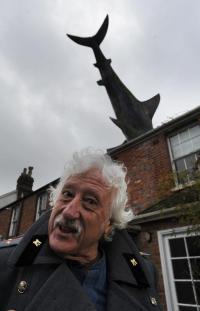 Bill Heine, journalist and radio presenter, who for many years, lived in the Headington suburb of Oxford, died of cancer earlier this month at the age of 74. He left behind his partner, Jane Hanson, and their son, Magnus, as well as a 25ft long fiberglass shark, protruding from the roof what was once his house.
Bill Heine, journalist and radio presenter, who for many years, lived in the Headington suburb of Oxford, died of cancer earlier this month at the age of 74. He left behind his partner, Jane Hanson, and their son, Magnus, as well as a 25ft long fiberglass shark, protruding from the roof what was once his house.
Twenty-seven years before the movie Sharknado sent sharks raining down on Los Angeles, California, a large shark appeared to have fallen from the sky in Headington and become stuck in the roof of a house on High Street.
Fortunately, it wasn’t a real shark. Continue reading

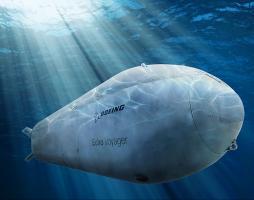 The
The  The
The  A post not about the sea, but about sailing on the ocean of light from the sun. The idea for
A post not about the sea, but about sailing on the ocean of light from the sun. The idea for 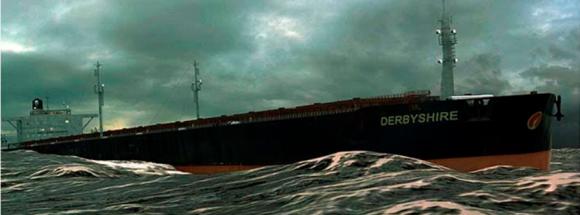
 On Wednesday, a federal judge decided to get
On Wednesday, a federal judge decided to get 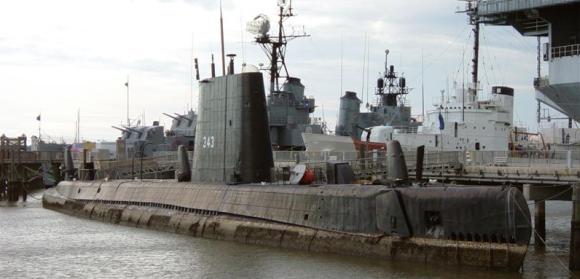 For several years, there has been an ongoing discussion at the
For several years, there has been an ongoing discussion at the 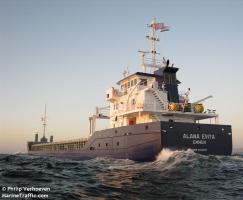 The Dutch general cargo ship
The Dutch general cargo ship 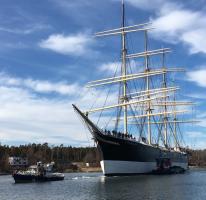 The Flying-P Liner
The Flying-P Liner  Cortés ordering his fleet to be destroyed may be one of the iconic moments in history. In 1519,
Cortés ordering his fleet to be destroyed may be one of the iconic moments in history. In 1519, 

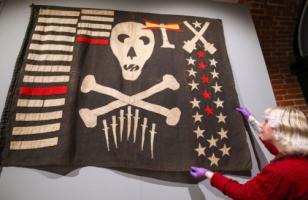
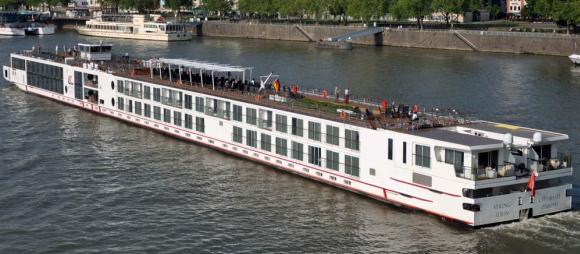 Just after Midnight, on April 1, the river cruiser
Just after Midnight, on April 1, the river cruiser 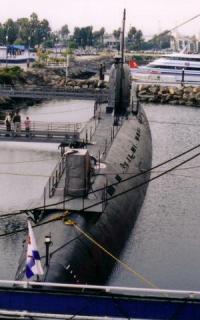 Are you interested in acquiring a
Are you interested in acquiring a 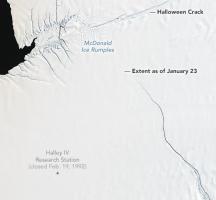 For several months now,
For several months now, 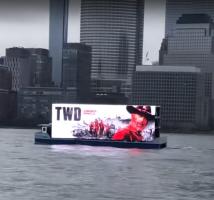 If you happen to have been on the Hudson or East River waterfront in Manhattan recently, there is a good chance that you might have seen a
If you happen to have been on the Hudson or East River waterfront in Manhattan recently, there is a good chance that you might have seen a